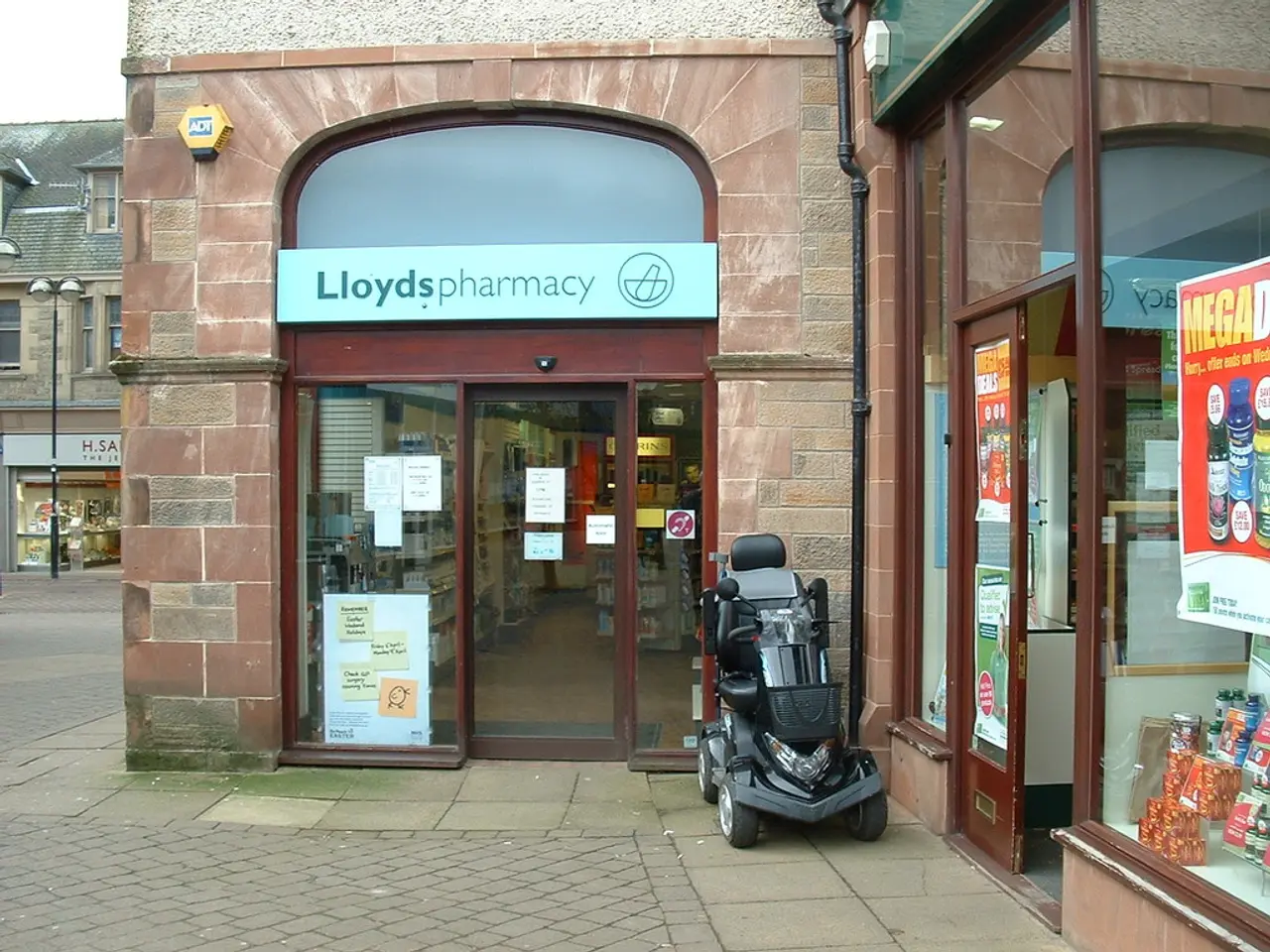Enhanced Medicare Assistance: Benefits, Perks, and Eligibility Standards
In 2025, Medicare Extra Help, also known as the Part D Low-Income Subsidy, continues to provide vital assistance for individuals with limited incomes. This federal program, overseen by the Social Security Administration (SSA), helps eligible Medicare beneficiaries pay for prescription drugs.
For those who qualify, Medicare Extra Help covers some costs associated with a Medicare Part D plan, including prescription copayments, annual deductibles, and monthly Part D premiums. It is important to note that Medicare Part D is an optional part of Medicare that offers prescription drug coverage.
To be eligible for Medicare Extra Help, an individual must have Medicare Part A and Part B, be a U.S. citizen or legal resident, and meet the income and resource criteria. In 2025, the income limits for an individual are up to about $1,325 to $1,781, depending on the specific program, and for married couples, the limit is up to about $1,783 to $2,400. The asset limits for an individual are less than $9,660, and for married couples, less than $14,470.
There are different programs associated with Extra Help that have slightly varying income limits. For instance, the general Medicare Extra Help program has an individual income limit of $1,325, while the Specified Low-Income Medicare Beneficiary (SLMB) program has an individual income limit of $1,585.
It is worth noting that certain income types are excluded when calculating eligibility, and some individuals with higher income may still qualify if they support dependents, earn additional income, or live in Alaska or Hawaii. People who already qualify for Medicaid, Medicare Savings Programs, or Supplemental Security Income (SSI) are automatically eligible for Extra Help without having to apply separately.
With Medicare Extra Help, enrollees use the insurer's network of pharmacies to buy prescription drugs. In 2025, people who qualify for Medicare Extra Help pay $0 for their drug plan deductible, $0 for their Medicare drug plan premiums, $4.90 for each generic prescription, and $12.15 for each brand-name prescription. After a person's total drug costs reach $2,000 (including payments made on their behalf, like through Extra Help), they will pay $0 for each covered prescription.
Extra Help reduces drug costs by lowering the monthly premium for Medicare Part D, eliminating the deductible for those who receive full Extra Help, and providing copayments for generic and brand-name prescriptions.
It is essential to note that individuals with Medicare Part D usually still have out-of-pocket expenses. However, having Medicare Extra Help can help pay for Medicare Part D premiums.
To maintain eligibility for Medicare Extra Help, individuals must requalify every year. The process to requalify may vary depending on how a person initially met the criteria. For example, a person may have to apply for continued eligibility by providing documentation that confirms their income.
In summary, if an individual or couple's income and assets fall below these federal limits, they may qualify for Medicare Extra Help to reduce prescription drug costs in 2025. Exact eligibility can vary by state and individual circumstances, so it is advised to check locally as well. For more information, visit the SSA's website or contact your local Social Security office.
[1] Medicare.gov. (2021). Medicare Extra Help with prescription drug costs. Retrieved from https://www.medicare.gov/your-medicare-costs/help-paying-costs/part-d-extra-help/part-d-extra-help [2] SSA.gov. (2021). Medicare Extra Help. Retrieved from https://www.ssa.gov/benefits/medicare/prescriptionhelp/ [3] CMS.gov. (2021). Low-Income Subsidy (LIS) Eligibility. Retrieved from https://www.cms.gov/Medicare/Prescription-Drug-Coverage/PrescriptionDrugCoveragePolicyManual/022_06.html
- People seeking assistance for managing health-and-wellness expenses, particularly medical-conditions, can find relief through the Medicare Extra Help program in 2025, a federal initiative overseen by the Social Security Administration (SSA).
- Businesses and finance experts may find it interesting that the Medicare Extra Help program, which provides support for prescription drug costs, has various income limits for different associated programs. For instance, the general program has an individual income limit of $1,325, while the Specified Low-Income Medicare Beneficiary (SLMB) program has a higher limit of $1,585.
- By offering assistance for prescription drug costs through Medicare Extra Help, the government supports science and research in healthcare by making treatment more accessible to a wider audience, and thus promoting overall healthinsurance coverage in the United States.




